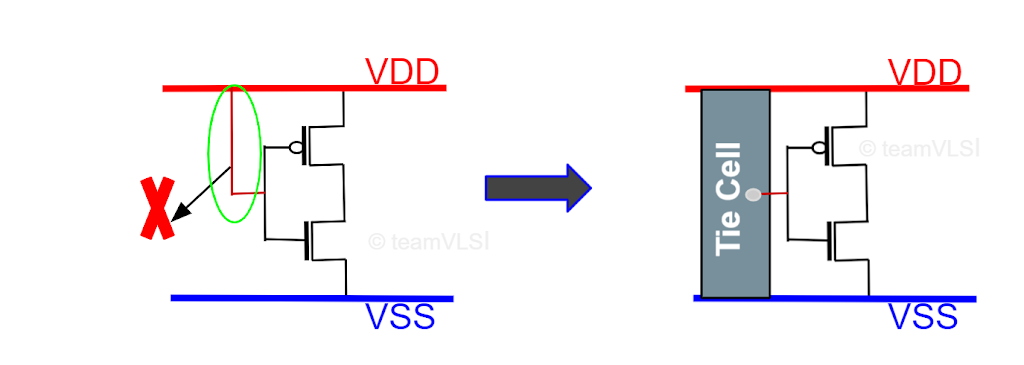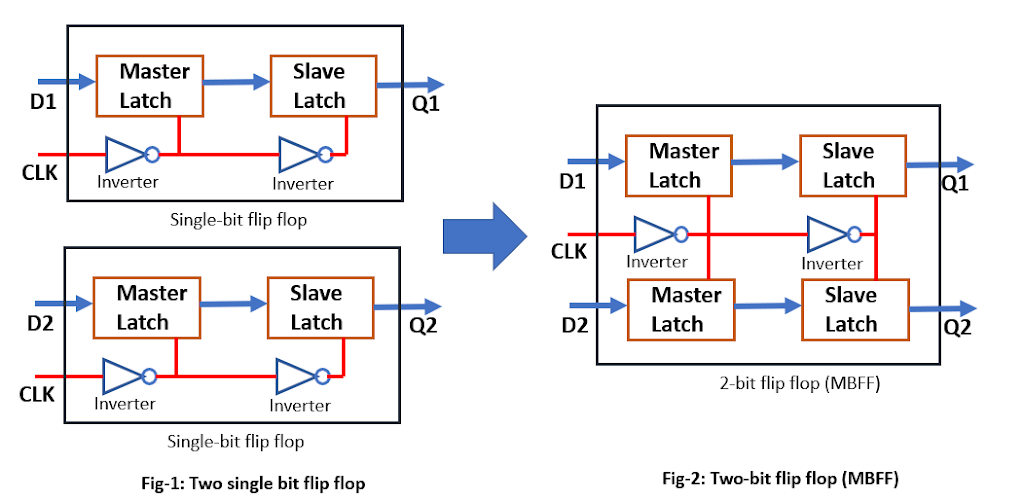Flip-flop and Latch : Internal structures and Functions
The flip flop is the most commonly used sequential element in any ASIC design, especially the D-type flip-flop. In the D flip flop, the D indicates delay, which means the output is a delayed version of input D. Whereas a latch is the simplest and a basic sequential element. In general, there are two latches … Read more




